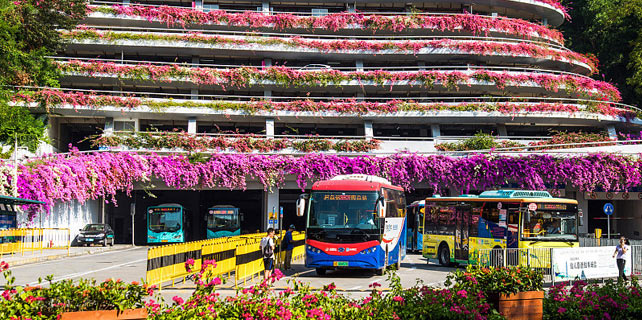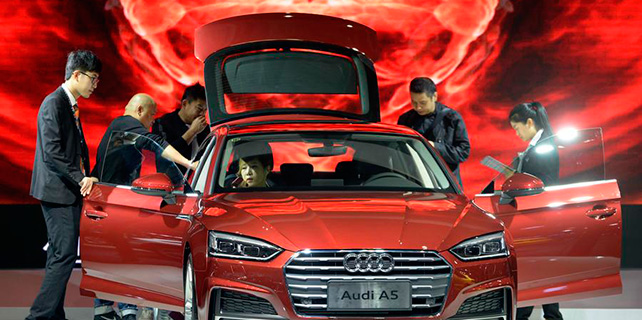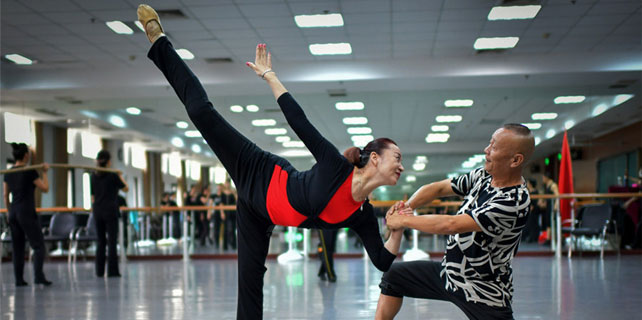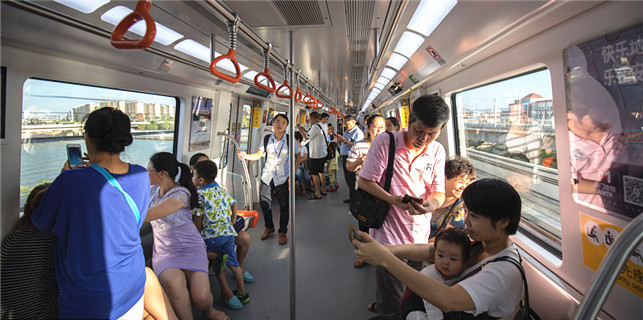Antique Chinese portrait paintings on exhibition in Berlin
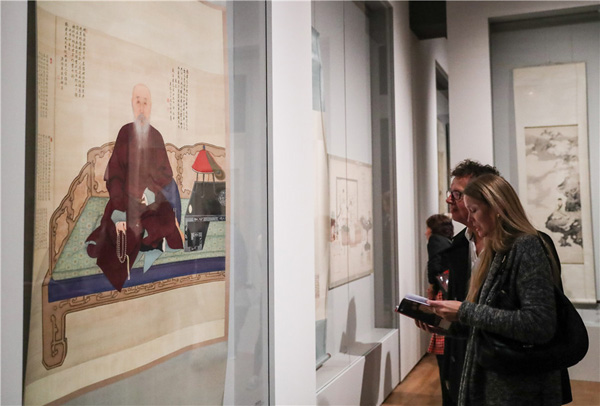 |
|
Visitors look on paintings during the Chinese portrait painting exhibition "Faces of China, Portrait Painting of the Ming and Qing Dynasties (1368-1912)" in Berlin, capital of Germany, on Oct. 11, 2017. Europe's first-ever grand exhibition explicitly dedicated to Chinese portrait paintings was unveiled in Berlin in the evening of Wednesday, the day China and Germany celebrated the 45th anniversary of the establishment of diplomatic ties. [Photo/Xinhua] |
Europe's first-ever grand exhibition explicitly dedicated to Chinese portrait paintings was unveiled in Berlin in the evening of Wednesday, the day China and Germany celebrated the 45th anniversary of the establishment of diplomatic ties.
The exhibition, titled "Faces of China, Portrait Painting of the Ming and Qing Dynasties (1368-1912)", features more than 100 paintings from the collections of the Palace Museum Beijing and the Royal Ontario Museum Toronto, most of which have never been shown in Europe.
Organized by the Museum of Asian Art of the State Museum of Berlin, the exhibition presented images of members of the imperial court, ancestors, military figures, and informal portraits of artists and famous women spanning a period of 500 years.
Chinese Ambassador to Germany Shi Mingde said on the opening ceremony that "since the establishment of diplomatic relations 45 years ago, the exchanges between our two countries have been growing ever since."
According to the ambassador, to celebrate the anniversary, the cultural institutions of both countries have jointly organized a series of cultural events, thus giving new impetus to the cultural exchanges between China and Germany.
Wang Yamin, deputy director of the Palace Museum, said the exhibition will inaugurate a fresh aesthetic journey for European viewers, and will make them realize that a tradition of portrait painting also existed in China.
Portrait painting has a 2,000-year-old tradition in China. Beginning in the mid 16th century, the late Ming Dynasty ushered in an era of economic boom and great intellectual openness that gave rise to the blossoming of the genre which lasted well into Qing Dynasty.
In addition, the exhibition deliberately highlights transcultural relationships by placing the Chinese portraits alongside a handful of European masterworks from the same time. The curator, Klaas Ruitenbeek, told Xinhua the juxtaposition was meant to invite viewers to ponder over the differences and relationships between the eastern and western portrait paintings.
Architect Ernst Wolf Abee told Xinhua while visiting the exhibition, that "We have kept ancestors' portraits in our family, so it is very interesting to see how important it was for Chinese to keep their ancestors' portraits. I like the landscape, clothing as well as the way the wealthy people used to symbolize their status as featured in these portraits."
The exhibition will last till Jan. 7 next year.
- Chinese portrait painting exhibition unveiled in Berlin
- Palace Museum limits those viewing famous painting
- Show traces influence of Zhao Mengfu on Chinese painting and calligraphy
- Argentine artist learns Chinese painting and calligraphy without coming to China
- Ink and wash painting exhibit draws crowds in Hong Kong







